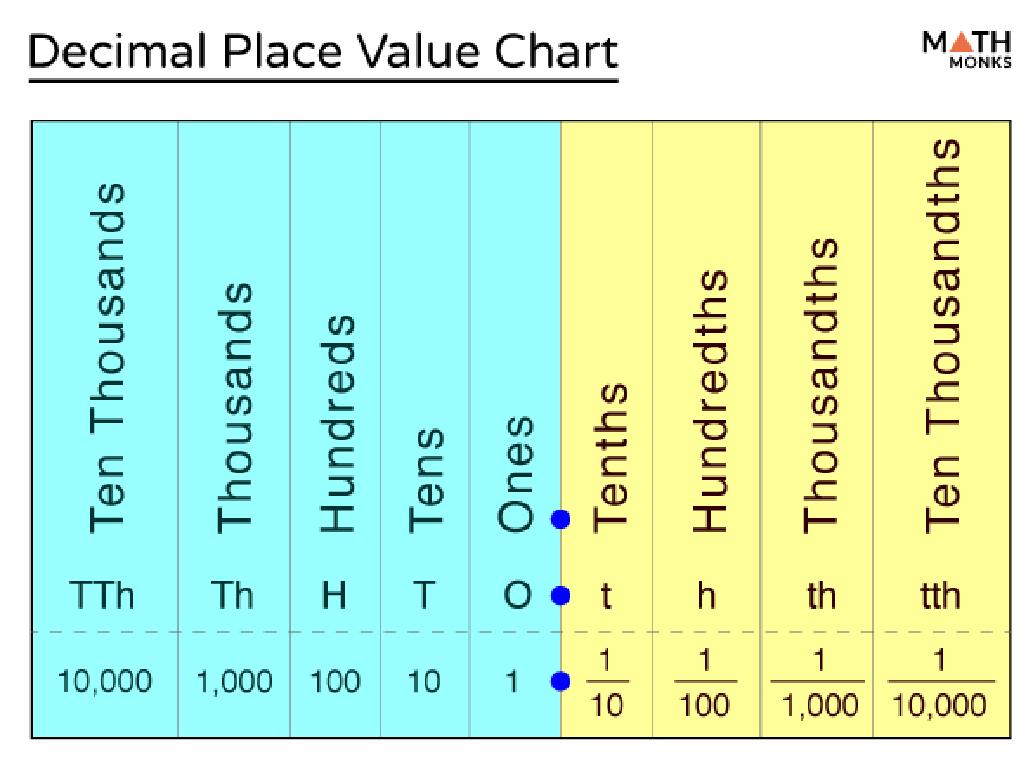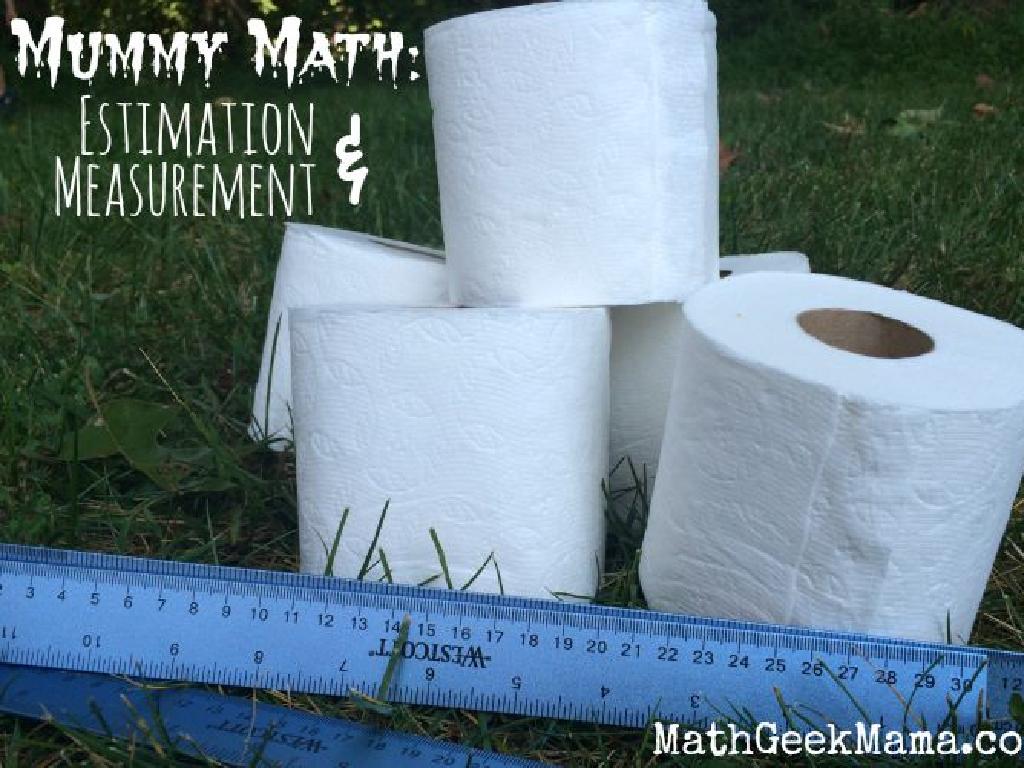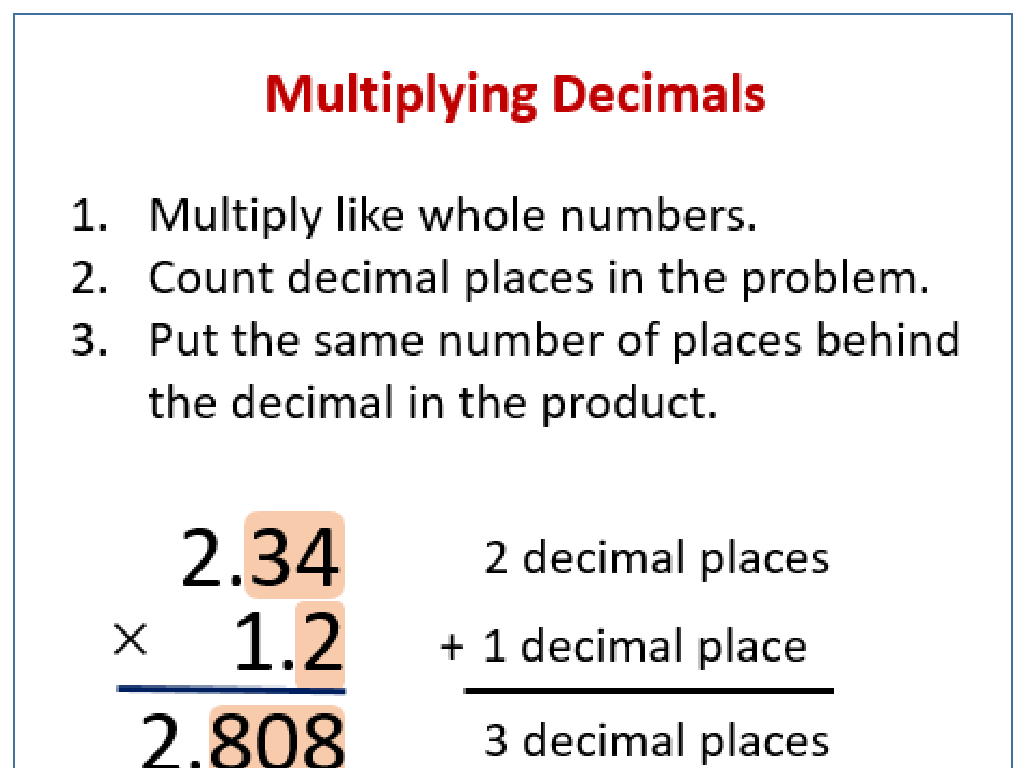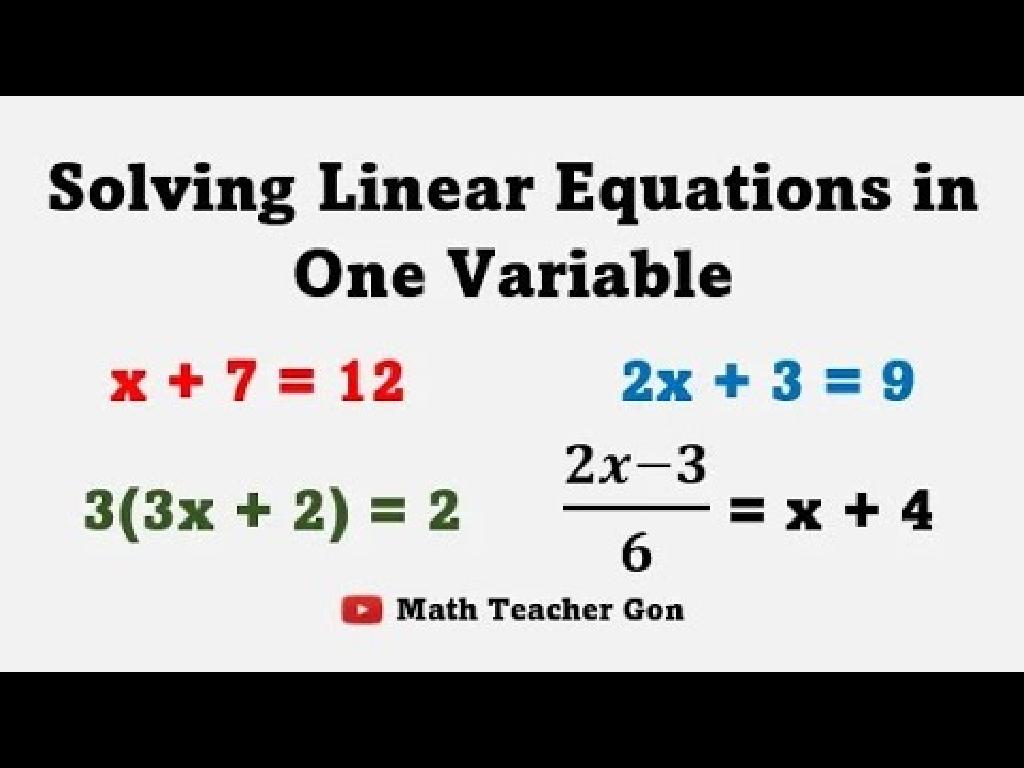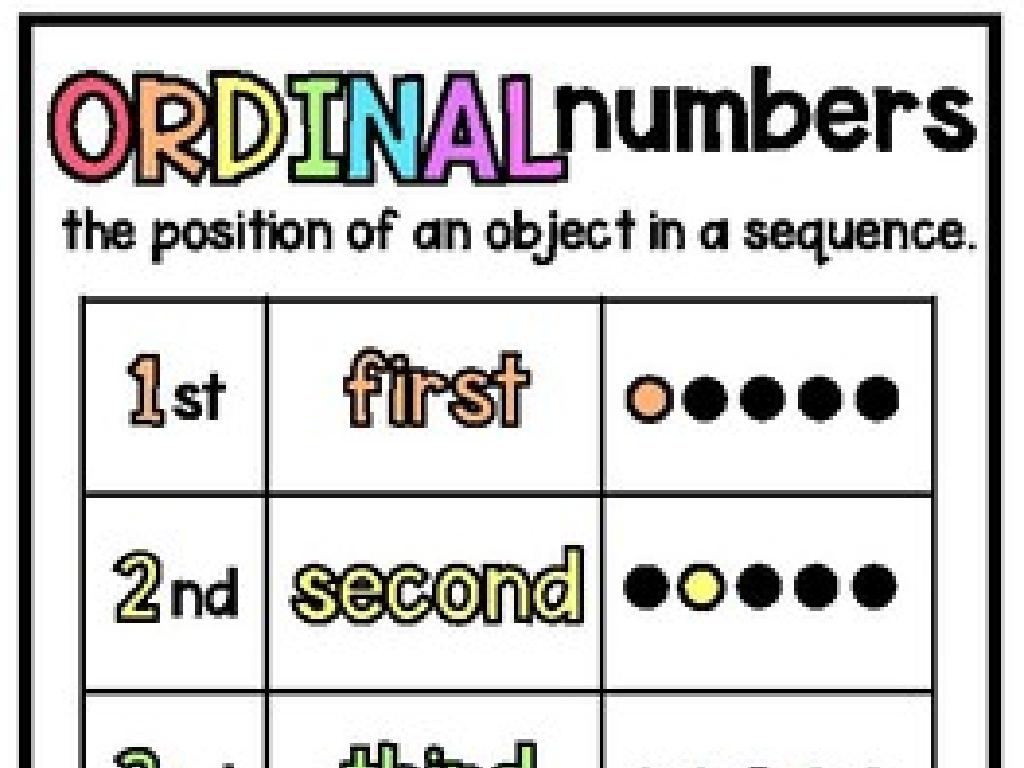Identify Shortage And Surplus With Graphs
Subject: Social studies
Grade: Seventh grade
Topic: Supply And Demand
Please LOG IN to download the presentation. Access is available to registered users only.
View More Content
Introduction to Supply and Demand
– Explore basic economics concepts
– Define supply and demand
– Supply is how much is available, demand is how much people want
– Understand their daily impact
– They determine prices of goods/services
– Visualize with graphs
– Graphs show when there’s too much or too little of something
|
This slide introduces the foundational concepts of supply and demand, which are crucial for understanding economics. Begin by explaining that economics is the study of how people use resources to meet their needs and wants. Define supply as the amount of a product or service that is available, and demand as the amount that people are willing to buy. Discuss how supply and demand affect everyday decisions, such as what products to buy and how much to spend. Emphasize that supply and demand influence the price and availability of goods and services in the market. Use graphs to illustrate situations of shortage (demand > supply) and surplus (supply > demand), and explain how these situations can affect consumers and businesses. Encourage students to think of examples from their own experiences where they’ve seen the effects of supply and demand.
Understanding Shortages in Economics
– Define economic shortage
– When demand exceeds supply, leading to a shortage of goods/services
– Explore causes of shortages
– Factors like natural disasters, production issues, or sudden demand spikes
– Examine real-life shortage examples
– Historical events, e.g., oil crisis, or recent product launch with limited stock
– Discuss impact on markets
|
This slide aims to explain the concept of a shortage in the context of supply and demand. A shortage occurs when the demand for a product or service surpasses the available supply. Various factors can cause shortages, including natural disasters that disrupt production, manufacturing issues, or a sudden increase in demand. Provide students with real-life examples, such as the oil crisis in the 1970s or a new video game release with limited copies, to illustrate the concept. Discuss how shortages can affect prices and market equilibrium. Encourage students to think of times when they’ve experienced a shortage, like a popular toy being sold out before the holidays, to make the concept more relatable.
Understanding Surplus in Supply and Demand
– Define surplus in economics
– Surplus occurs when supply exceeds demand for a product or service
– Explore causes of a surplus
– Overproduction, decrease in demand, or pricing issues can lead to surplus
– Discuss real-life surplus examples
– Stores having post-holiday sales to clear excess stock is a common example
– Analyze surplus on a graph
– Graphically, surplus is shown where the supply curve is above the demand curve
|
This slide aims to explain the concept of surplus within the context of supply and demand. A surplus happens when there’s more of a product available than what people want to buy, often leading to excess stock. Factors contributing to surplus include overproduction, a sudden drop in demand, or incorrect pricing. Real-life examples, such as stores offering discounts after holidays to sell off excess items, can help students relate to the concept. When looking at a graph, the area where the supply line is above the demand line represents surplus. Encourage students to think of other examples and how surplus might affect prices and the economy.
Reading Supply and Demand Graphs
– How to read Supply & Demand graphs
– Examine where supply and demand curves intersect
– Identifying the Equilibrium Point
– Equilibrium: where supply equals demand
– Understanding graph implications
– Graphs show market trends and economic balance
– Recognizing shortage and surplus
– Shortage: demand exceeds supply, surplus: supply exceeds demand
|
This slide introduces students to the basics of reading supply and demand graphs, which are crucial for understanding market dynamics. Start by explaining how to interpret the axes of the graph, with price typically on the vertical axis and quantity on the horizontal. The point where the supply and demand curves intersect is known as the equilibrium point, indicating where the quantity supplied equals the quantity demanded. Understanding what the graph tells us involves recognizing how shifts in the curves can indicate changes in market conditions, such as a shortage (high demand and low supply) or a surplus (low demand and high supply). Use examples relevant to the students’ experiences, such as the supply and demand for a popular video game or seasonal fruits, to illustrate these concepts. Encourage students to ask questions and discuss how different scenarios might affect the graph.
Graphs: Identifying Shortage & Surplus
– Shortage on a graph
– Shortage occurs where demand exceeds supply
– Surplus on a graph
– Surplus occurs where supply exceeds demand
– Analyzing graphs for Shortage & Surplus
– Look for intersections of supply & demand curves
– Impact of Shortage and Surplus
|
This slide aims to help students understand how to identify shortage and surplus using supply and demand graphs. A shortage is represented on a graph where the demand curve is above the supply curve, indicating that consumers want more of a product than is available. Conversely, a surplus is shown where the supply curve is above the demand curve, meaning more of a product is available than consumers want to buy. Teach students to analyze the points where the supply and demand curves intersect to determine market equilibrium. Discuss the implications of shortage and surplus on prices and market stability. Use real-life examples like ticket sales for a popular concert (shortage) or unsold holiday decorations after the season (surplus) to illustrate these concepts.
Understanding Market Conditions: Shortage & Surplus
– Shortage in video game market
– When demand exceeds supply, causing a shortage
– Surplus in umbrella market
– When supply exceeds demand, leading to a surplus
– Graph analysis activity
– Practice identifying shortages and surpluses
|
This slide provides examples to help students understand the concepts of shortage and surplus in a market. Begin with the video game market example, explaining how high demand and limited supply create a shortage, often resulting in increased prices. Then, discuss the umbrella market, where an excess supply with lower demand can lead to a surplus, often causing prices to drop. For the class practice, provide graphs depicting different market scenarios and guide students to identify areas where shortages or surpluses occur. Encourage them to look at the intersection of supply and demand curves and to note the effects on price and quantity. This activity will help solidify their understanding of how supply and demand affect market conditions.
Class Activity: Market Scenario Graphs
– Form groups and discuss market scenarios
– Draw a graph depicting Shortage or Surplus
– Use axes to represent quantity and price, show where supply and demand meet
– Explain your graph to the class
– Describe the scenario that led to your graph’s condition
– Reflect on the impact of Shortage/Surplus
– Discuss how prices or availability might change in your scenario
|
This activity is designed to help students apply their knowledge of supply and demand by creating their own market scenarios. Divide the class into small groups and assign each group to illustrate either a shortage or a surplus on a graph. Provide them with graph paper and markers. Encourage creativity in their scenarios, which could be based on real-life situations or imaginative markets. After drawing, each group will present their graph to the class and explain the scenario behind it. This will help students understand the real-world implications of shortages and surpluses. Possible scenarios could include a new product launch, seasonal changes in supply, or sudden changes in consumer preferences. As a teacher, be ready to guide them through the graphing process and ensure they understand how to interpret the intersection of supply and demand curves.
Conclusion: Shortage, Surplus, and the Economy
– Recap: Shortage vs. Surplus
– Shortage: demand > supply. Surplus: supply > demand.
– Supply & Demand impact
– They determine prices and availability of goods.
– Economic equilibrium
– Where supply equals demand, no shortage or surplus.
– Open floor for Q&A
|
As we wrap up today’s lesson, let’s revisit the key concepts of shortage and surplus. A shortage occurs when the demand for a product exceeds the supply, often leading to higher prices. Conversely, a surplus happens when there’s more supply than demand, which can result in lower prices. Understanding supply and demand is crucial as they are the driving forces behind the economy, influencing prices and the availability of goods. We’ll now reach the point of economic equilibrium, where the quantity supplied equals the quantity demanded. This is the ideal state for markets. Finally, let’s open the floor for any questions the students may have, ensuring they leave the class with a solid understanding of these fundamental economic principles.

